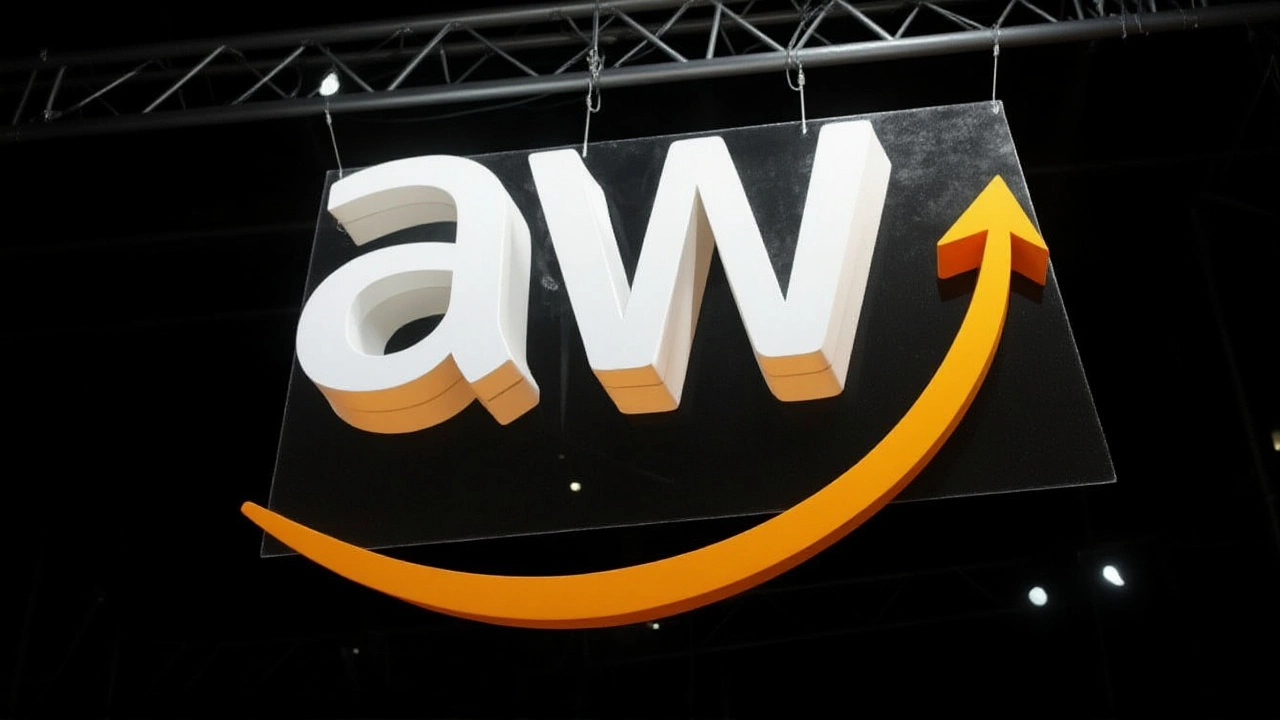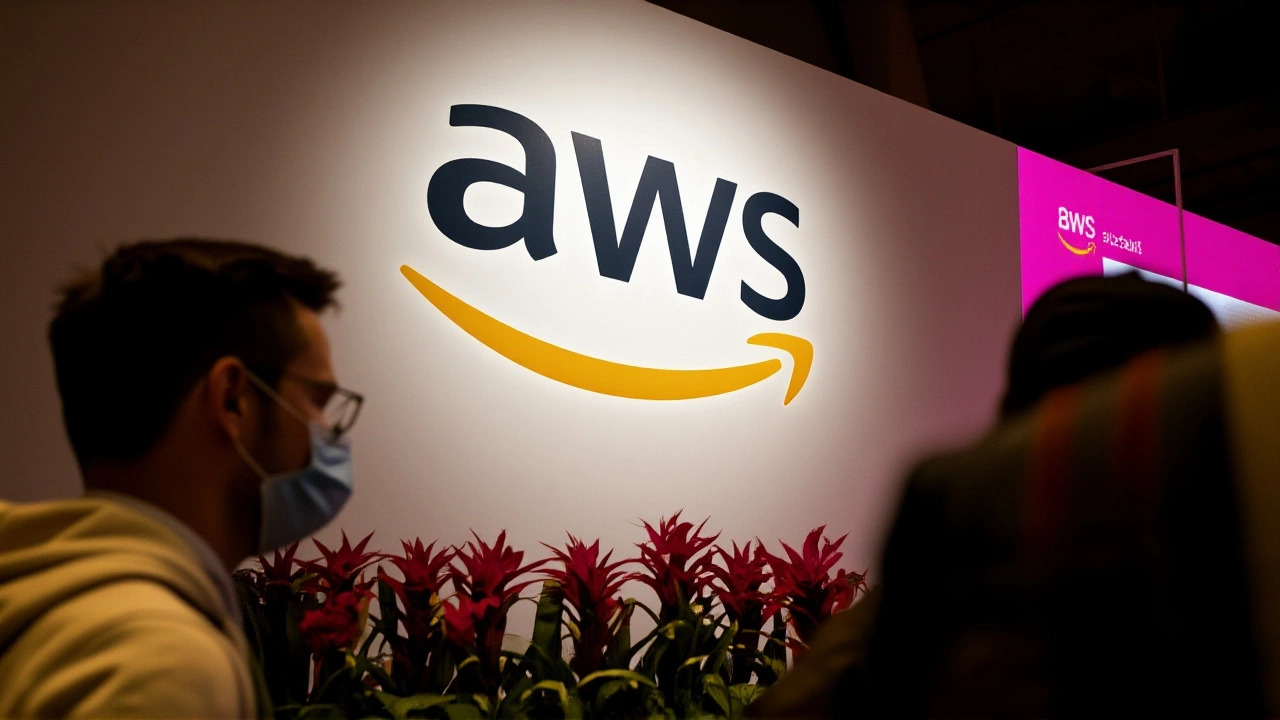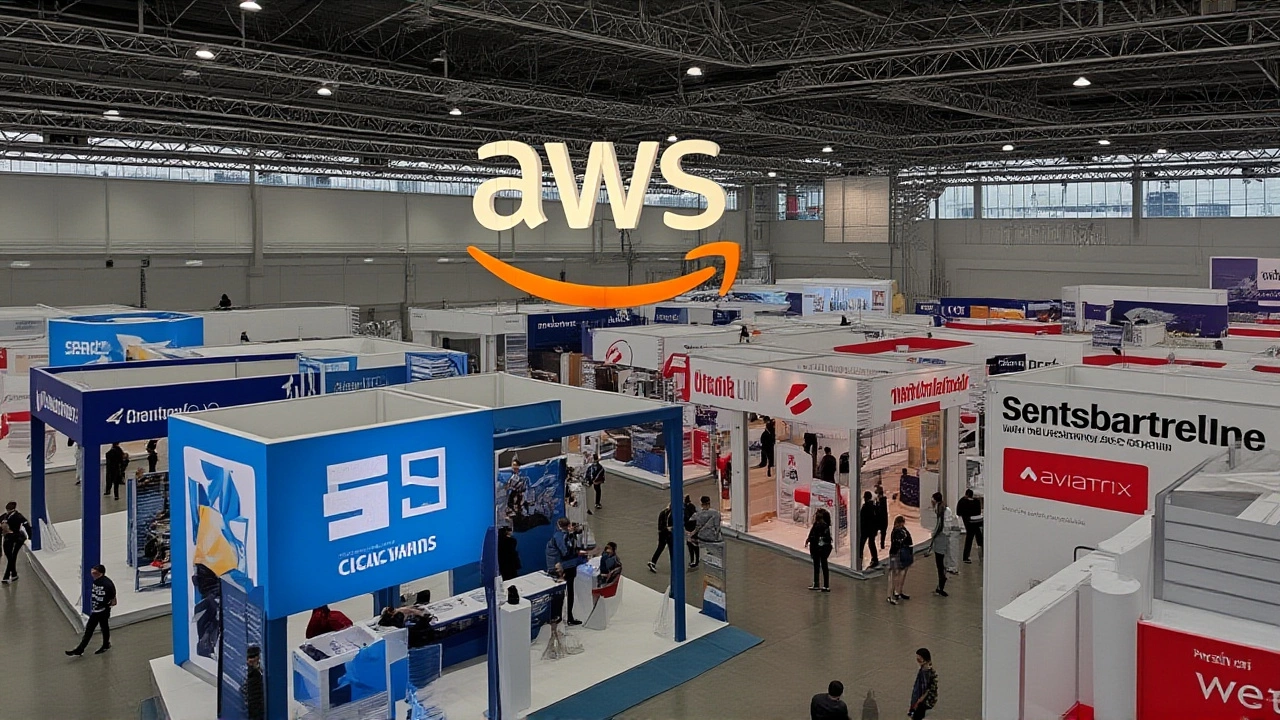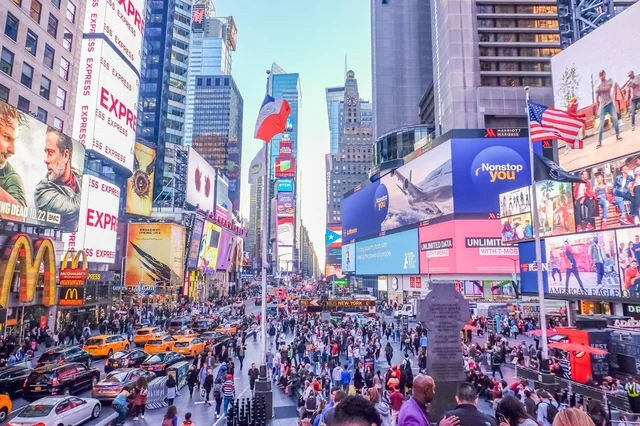
When Amazon Web Services (AWS) went dark on the morning of Monday, October 20, 2025, universities, businesses, and casual users felt the tremor. The glitch, first flagged by Rutgers University's Office of Information Technology, sparked a cascade of error messages across platforms as varied as a classroom learning portal and a city‑planning GIS tool.
Located in New Brunswick, New Jersey, Rutgers' OIT issued three escalating alerts that day, each confirming that the cloud‑based outage was still under investigation by AWS headquarters in Seattle, Washington. By 7:49 PM UTC, the Amazon subsidiary was still posting updates, and dozens of services remained inaccessible for the university’s roughly 71,000 students and 22,000 faculty and staff.
What Went Wrong? A Timeline of the Outage
According to the AWS Health Dashboard, the incident began around 06:30 UTC, affecting the us-east-1 region—one of the most heavily trafficked data centers for higher‑education workloads. While AWS has not disclosed the exact cause, early speculation points to a networking bottleneck that triggered cascading failures in multiple Availability Zones.
- 06:30 UTC – Monitoring systems detect spike in latency and error rates.
- 08:15 UTC – Rutgers OIT posts its first “Monitoring” alert.
- 12:00 UTC – Second “Update” expands the list of impacted services.
- 18:45 UTC – Third “Update” confirms ongoing investigation.
- 19:49 UTC – AWS issues statement that the issue is still being probed.
Rutgers’ Front‑Line Response
The university’s Dr. James M. VanGriss, Chief Information Officer, activated the emergency communication protocol within minutes. “Our priority is to keep the community informed while we work with AWS to restore services,” he wrote in the initial alert. The OIT’s messages marched users through a predictable pattern: acknowledge the problem, list the affected applications, and point to the AWS Health Dashboard for live status.
Among the most visibly disrupted tools were:
- Instructure's Canvas learning management system.
- Zoom Video Communications's video‑conferencing platform.
- Grammarly's AI‑driven writing assistant.
- Adobe Inc.'s Creative Cloud suite.
- Cisco Systems's Secure Endpoint security service.
- Esri's ArcGIS geographic information system.
- Smartsheet Inc.'s work‑execution platform.
- Kaltura, Inc.'s video‑hosting service.
For faculty attempting to upload lecture videos, the Kaltura outage was especially frustrating. “I couldn’t get any of my recorded labs into Canvas,” complained Dr. Lisa Huang, a professor of bioengineering. “It felt like the whole digital campus had gone on strike.”
Why This Outage Matters Beyond Rutgers
While Rutgers is a high‑profile case, the ripple effect reached far beyond the campus. AWS powers roughly 33% of all internet traffic, according to a 2024 IDC study. That means any prolonged disruption can cascade into sectors as diverse as e‑commerce, streaming, and even hospital IT systems.
In Europe, a fintech startup that relied on AWS Lambda for real‑time transaction processing reported a 40% dip in successful payments during the outage window. In Asia‑Pacific, a government portal for pandemic data faced intermittent downtime, prompting officials to release a manual CSV feed as a stopgap.
These examples underline a growing conversation among technologists: the trade‑off between cloud convenience and single‑point‑of‑failure risk. As Dr. Anita Desai, a cloud‑security researcher at the University of California, Berkeley, notes, “Enterprises need multi‑region redundancy, but cost and latency concerns often keep critical workloads in a single region. When that region falters, the impact is immediate and massive.”

Industry Reactions and Mitigation Strategies
Amazon’s public response was measured. In a brief statement released at 20:05 UTC, an AWS spokesperson said, “Our engineering teams are actively investigating the root cause and working to restore full service. We apologize for the inconvenience.” The company did not disclose whether the outage stemmed from hardware failure, software bug, or an external attack.
Meanwhile, the broader tech community is already dusting off mitigation playbooks. Common recommendations include:
- Deploying workloads across at least two AWS regions.
- Implementing automated failover to alternative cloud providers (e.g., Google Cloud, Microsoft Azure).
- Maintaining on‑premises caching layers for latency‑sensitive applications.
For universities, the lesson is especially stark. Many institutions signed multi‑year contracts with AWS for cost predictability, but they often lack the budget for multi‑region redundancy. As a result, administrators are revisiting Service Level Agreements (SLAs) and asking vendors to provide clearer compensation clauses for prolonged outages.
What’s Next? Monitoring the Recovery
As of the latest update on October 20, AWS has not announced a definitive ETA for full restoration. Rutgers OIT plans to issue a follow‑up bulletin once services stabilize, and they have opened a temporary help‑desk ticketing channel for faculty needing offline alternatives.
Stakeholders are watching the AWS Health Dashboard closely. The outage also prompted a flurry of social‑media chatter, with the hashtag #AWSOutage trending on Twitter for several hours. Analysts predict that the incident will drive renewed interest in “edge computing” solutions that keep critical data processing closer to end‑users, thus reducing reliance on a single cloud backbone.

Key Facts
- Date & Time: October 20, 2025 – outage began ~06:30 UTC.
- Primary Cloud Provider: Amazon Web Services.
- Most Affected Rutgers Services: Canvas, Zoom, Grammarly, Adobe Creative Cloud, Cisco Secure Endpoint, ArcGIS, Smartsheet, Kaltura.
- Impact Scope: Global – services in North America, Europe, and Asia‑Pacific reported errors.
- Current Status: Ongoing investigation; no confirmed resolution time.
Frequently Asked Questions
How does the AWS outage affect Rutgers students?
Students relying on Canvas for coursework experienced login failures and missing assignment uploads. The university set up a temporary email‑only submission process and urged instructors to extend deadlines until services are fully restored.
What caused the AWS service disruption?
AWS has not released a detailed post‑mortem yet, but early reports suggest a networking bottleneck in the us-east-1 region triggered cascading failures across several Availability Zones.
Are other universities experiencing similar issues?
Yes. Several institutions that host their LMS and research tools on AWS reported intermittent outages, prompting a wave of advisories from IT departments across the U.S. and Canada.
What steps can organizations take to avoid future disruptions?
Experts recommend multi‑region deployment, diversified cloud‑provider strategies, and regular disaster‑recovery drills. Building local caching layers and maintaining backup communication channels can also reduce downtime impact.
When can users expect a full service restoration?
As of 7:49 PM UTC on October 20, AWS has not announced a concrete ETA. Rutgers OIT will post further updates as soon as the cloud provider confirms service stability.


